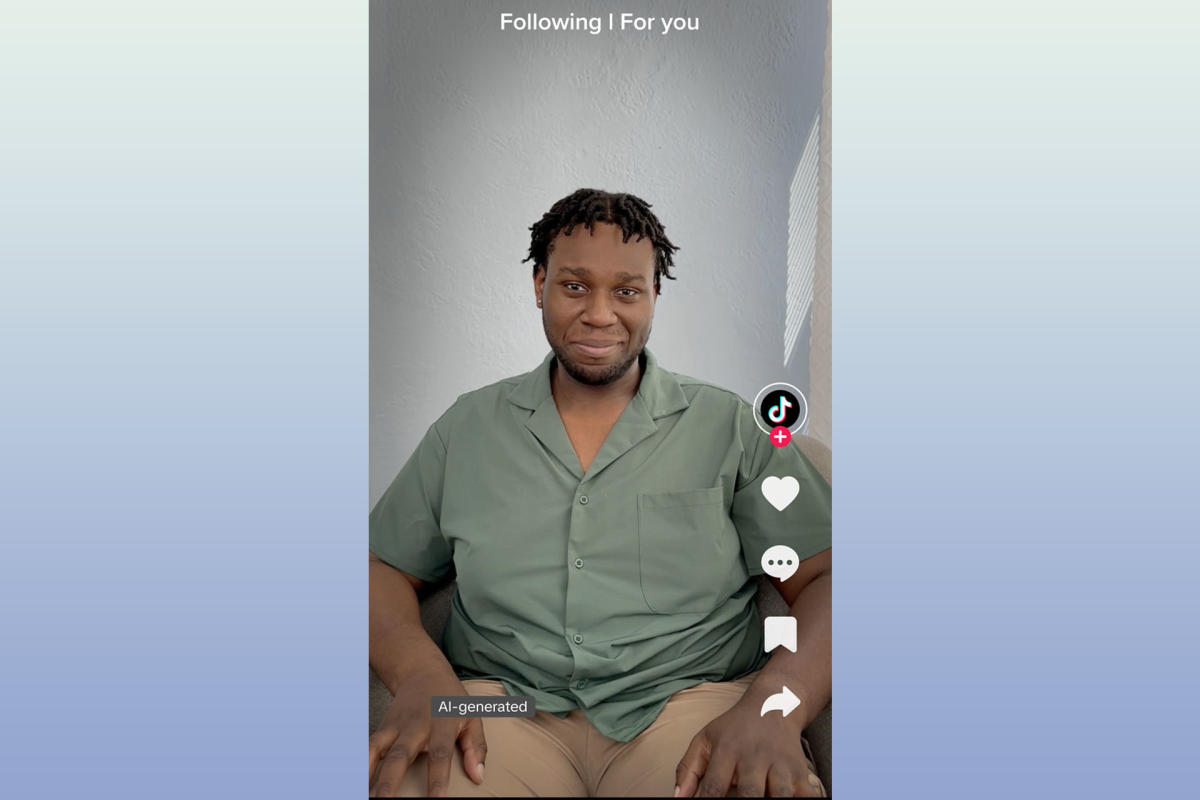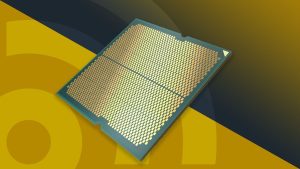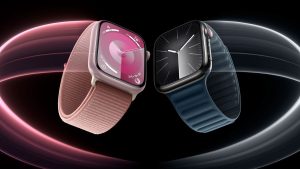
Back in April, The Information reported that TikTok was working on AI-generated avatars that advertisers could use to sell their products on the platform. Now, the company has made those plans public, announcing new AI-created “digital avatars” that it will begin offering to creators and brands on the app.
According to TikTok, the AI personas are meant to make it easier for creators and businesses to create branded content that still has a “human feel” but without the time and resources that would go into making a typical highly produced and edited ad.
TikTok is starting out with two kinds of avatars: stock avatars that are based on paid actors and custom avatars based on existing creators and brand spokespeople. These avatars will then star in TikTok videos promoting products and can be customized to speak different languages based on the intended audience.
The company says the new feature shows how generative AI can help creators reach even more people on its platform (and, presumably, generate more ad revenue for the company). But after looking at a couple of examples of these, I’m not that excited for a bunch of AI-generated creators to take over my For You feed.
This embedded content is not available in your region.
Take the above example of a custom avatar shared by TikTok. The digital persona seems to be based on TikTok exec Adrienne Lahens. But while the avatar looks like her, the speaking style and movements aren’t… quite right. If you watch closely, you’ll notice there’s a slight jerkiness to the head and hand movements that is giving M3GAN vibes. And, speaking of creepy robots, there’s something extremely unnerving about the eyes on AI Adrienne.
Now, I’ve chatted with Lahens before and can confirm she speaks much more warmly and naturally than her AI avatar. Even the still shot of an AI avatar based off of creator O’Neil Thomas at the top of this article has an off-putting 1,000 yard stare that doesn’t seem to be representative of Thomas’ actual persona.
TikTok is far from the first company to experiment with “realistic” AI and come up with something that feels a little bit uncomfortable even if you can’t quite put your finger on what it is. At least, the company’s own rules require that this kind of content gets prominent disclosures. And maybe the new avatars will help creators sell more TikTok Shop gadgets or other supposedly “viral” products. I just hope TikTok can do something to make those AI-generated eyeballs feel a tad less creepy.
This article contains affiliate links; if you click such a link and make a purchase, we may earn a commission.




